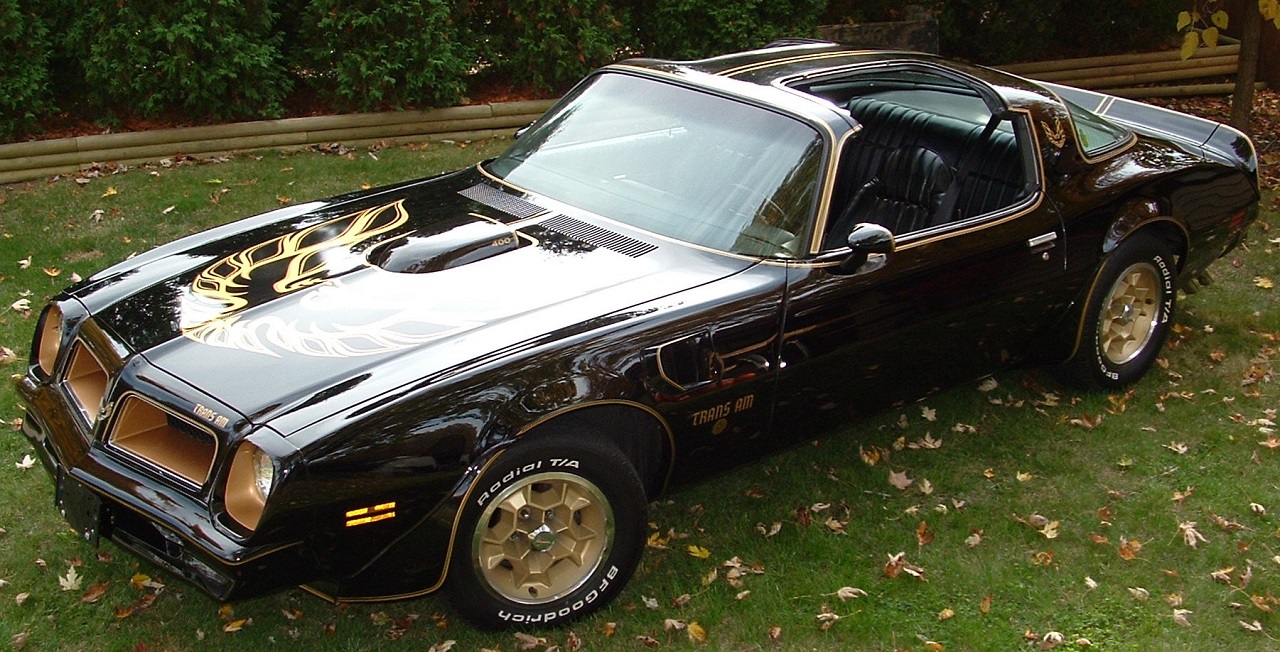Hurst vs. Fisher
Ok, now the difference between the two. First is the size of the two tops. Hurst T-tops were smaller, they were 30 1/4" long x 17 1/2" wide. If you look at a car from 1976-77 with T-tops and look at the center of the roof in between the tops, you will see about 12 inches or so of roof between them. The Fisher tops were larger, they were 33 1/2" long x 22 1/4" wide. If you look at a car from late 1978-81 with T-tops and look at the center of the roof in between the tops, you will see only about 4 inches or so of roof between them (See Below). The next difference is the latching mechanisms. Hurst T-tops had two latches that held it in place, one on either end of the top. Fisher T-tops had one latch in the center of the tops.
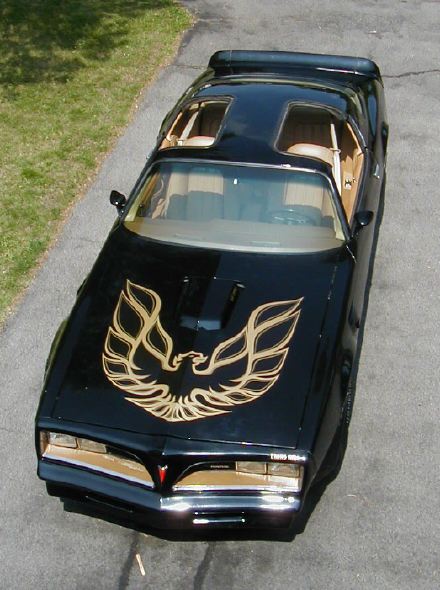 |
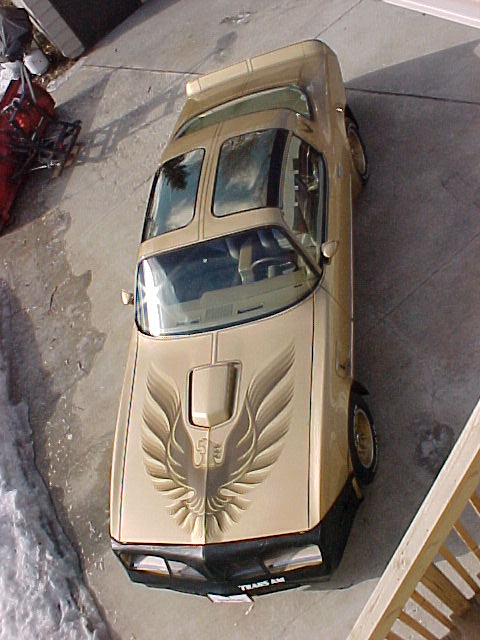 |
| Hurst T-tops |
Fisher T-tops |
 |
 |
Hurst - First Design vs. Second Design
The Hurst T-tops also had two designs. There was a First Design and a Second Design for the T-tops. The First Design is the more common of the two and found on most Trans Ams. You can easily tell the difference between the two by looking at the roof and headliner inside your car. The First Design used the weatherstripping around the t-tops to hold the headliner up, and the Second Design used plastic trim (much like the Fisher T-tops) to hold the headliner in place.
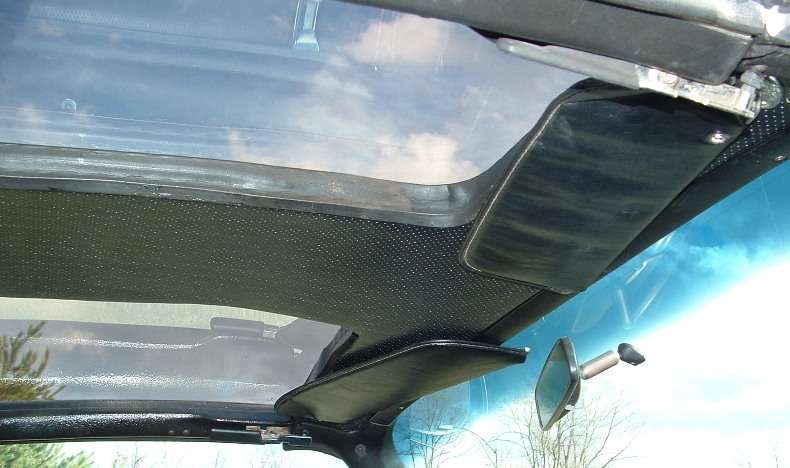 |
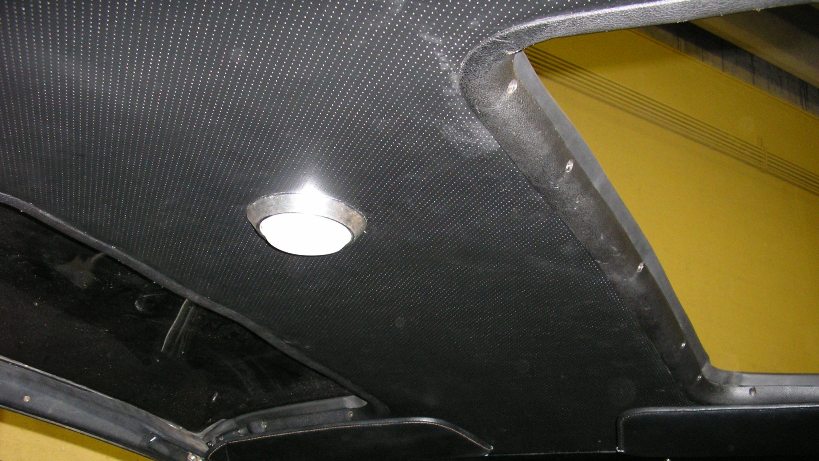 |
| First Design |
Second Design |
Now there were a couple of other types of Aftermarket T-tops that you could have installed on your Trans Am in the late 70's and early 80's. The two most common ones that you will see would be the American T-tops and the Cars and Concepts T-tops. The American T-tops were basically a copy of the Hurst T-tops and pretty much looked the same installed on the car. The only difference is the depth of the T-top itself is deeper than the Hurst. As listed above, the Hurst T-top panel was 30 1/4" long and 17 1/2" deep. The American T-top panel was 30 1/2" long and 19 3/4" deep. So, they were about 2 1/2" deeper than the Hurst. It is kinda hard by first glance to see the difference, but if you look at the T-top glass itself, the Hurst will have the "HH" logo on the glass and the American does not. The other design popular among the Second Generation Pontiac Trans Am were the Cars and Concepts style T-tops. Again, this was another aftermarket company that installed T-tops because of the poor design of the Hurst and Fisher T-tops. These are quite easy to spot because the glass panels of the t-tops actually touch in the center of the roof.

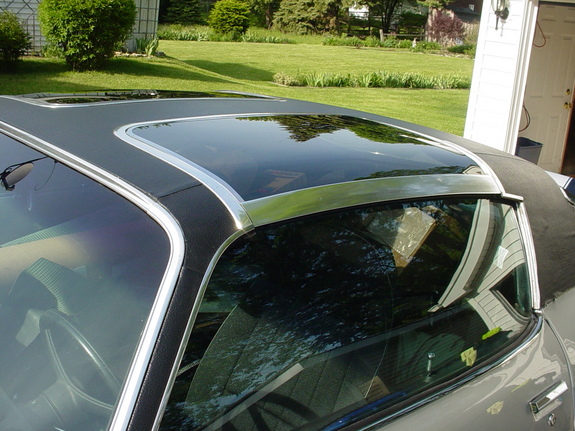 |
 |
| American |
Cars and Concepts |
Reproduction Parts and Value
The Hurst T-tops as well as the Fisher t-tops, since they were both "factory" installed options, replacement parts are readily available through most of the major distributors. Things such as the weatherstripping, plastic interior trip pieces, etc. can all be purchased. But if you have one of the aftermarket T-top roofs installed on your car, sorry to say you are out of luck when it comes to replacement parts. No one out there makes replacement rubber or plastic parts for these types of roofs. So if something is broken or torn or missing, there is pretty much nothing you can do about it. Very rarely will you find someone selling a replacement part new. It is actually not a new part, it is a part that was made back in the 70's and 80's but never installed in anything and someone just happened to find it laying around. If it is the weatherstripping, it is probably dry rotted and not even able to be installed on your car.
Also, if you do happen to have one of these aftermarket roofs installed on your car, the value of the car does go down. Anything after market that is done to the car to make it "modified" devalues the car. Especially these aftermarket roofs because you cannot find replacement parts for them. Nobody wants to buy a car that they can't find replacement parts for.

